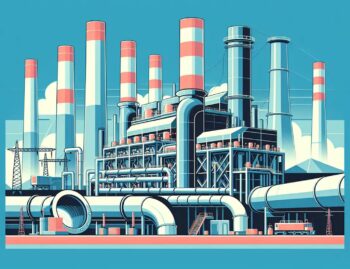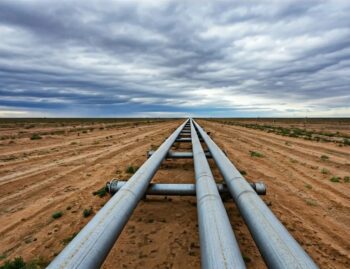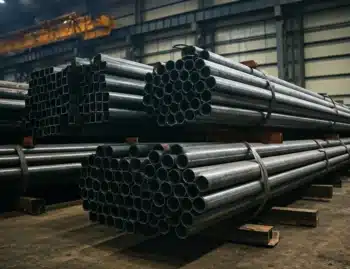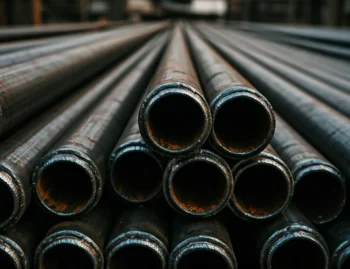It is hard to miss the controversy surrounding the executive orders addressing this project. President Trump certainly gave the impression that it would have to be finished with steel manufactured in America. Later statements and the text of the order make it clear that this is not the case.
Individuals and groups opposed to the DAPL have cited this discrepancy as evidence that the project will not benefit American steel. This is certainly true regarding the materials for this 5 percent of the project. The impact on American steel goes beyond this small amount of pipe in three significantly positive ways.
More projects are likely to be built.
Permanent cancellation of the DAPL would have had a chilling effect on pipeline projects in the future. If the money invested in the DAPL had been lost, it would have been more difficult for the next pipeline to find funding.
Avoiding death does not mean an industry is about to enter boom times, but the improved likelihood of new projects is good news for the American steel industry. For example, the Keystone XL pipeline will use enough material from the Little Rock, Ark. manufacturer, who is supplying only 50 percent of the pipe, to keep those workers busy for a year.
American steel workers might also benefit from a ripple effect of the DAPL controversy. It is possible that new projects will be designed with a closer eye on safety and route. If this is the case, it means higher-grade pipe and more of it. That means more work for the men and women involved in steel manufacturing.
Existing pipelines might be upgraded.
About 45 percent of existing pipelines carrying energy products are over 50 years old. That infrastructure was not built to today’s exacting standards to begin with and has deteriorated over time.
Clearly, this requires action. Environmentalists are going to drive this dynamic by rightfully calling attention to every incident worth mentioning. Pipeline operators will be more likely to act proactively, to avoid protestors and media blocking the street in front of their business.
Replacing and upgrading the pipeline grid will require steel. American steel manufacturers are keen on competition in fair and open markets, and will not need an executive order to supply the necessary materials.
There are more ripple effects.
It is too easy to become small minded on this topic and completely miss the bigger picture. The simple fact is that having more pipelines means more energy will become available. That is good news for American steel, and for American manufacturing in general.
Daniel Yergin, a world-renowned expert on the relationship between energy and macroeconomics, has identified the long-term positive impact of this “shale gale” on the economy. Simply put, cheaper energy means growth for business, which means higher demand for American steel.
The ongoing positive impact of the last link of the DAPL might last for years to come. Who would expect so much from 58 miles of pipeline?












